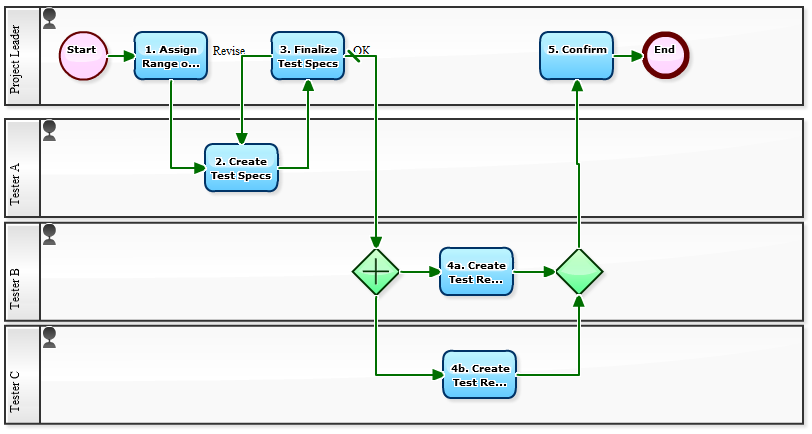

Moustris 1, George Kouzas 1, Spyros Fourakis 2, Georgios Fiotakis 2, Apostolos Chondronasios 2, Abd Al Rahman M. Service is guaranteed to do both and even covers updating test cases of modified features during execution in 24 hours.George P. Exploratory testing expands the scope of the test to take the quality to the next level. Test cases-based testing establishes a baseline and uses a multi-execution channel approach, to reach true pass / true fail, using AI Automation, automation, manual, and crowdsourced testing. Webomates offers regression testing as a service that is a combination of test cases based testing and exploratory testing. On a lighter note, check this video for what could happen.Īt Webomates, we continuously work to evolve our platform and processes in order to provide guaranteed execution, which takes testing experience to an entirely different level, thus ensuring a higher degree of customer satisfaction. If not executed in a timely fashion, the results could be one team chasing the other, ending up losing precious time. It aids in managing and fixing defects throughout the testing cycle. Regular defect assessment is a basic requirement for maintaining the overall health of the project. This process of defect categorization makes the task easier for the team responsible for fixing the defects. The defect occurs due to the configuration of the testing environment Not a defectThe feature is working as per the design and expectations More detailed information regarding the defect needs to be provided. Valid defect treated as improvement in functionalityĪ reported defect that was not reproduced during testing Valid defect but need not be fixed since it does not impact business CategoryĪ newly identified valid defect that needs to fixĪ valid defect that has a previous ticket/story.Customers are aware of this defect. This ensures that there is no discrepancy or any confusion at a later stage. These categories help in quickly identifying valid and invalid defects, hence focusing on valid Bugs to be prioritized and fixed. In addition to this, there are multiple categories in which defects can be classified during the review time, based on the analysis shared with stakeholders. It is helpful when the defect has been fixed and the module is retested.Ĭomments: Additional comments, suggestions, and observations by the testing team are recorded here. Test Case Mapping: It is a good practice to map the defect with the test cases for analysis and tracking purposes. Priority Suggestion : Priorities are suggested and attached to the defect for easier categorization and defect management, however they can be changed based on stakeholders’ input.
#Software defect process flow how to#
Video: Our unique process presents a walkthrough video of an “actual instance of the bug” happening so that it is easier for the developer and other stakeholders to understand and relate and it removes the ifs and buts on how to reproduce a defect. In the replication steps, the tester provides console logs which further help the developer to quickly catch the issues.


It is important to have a detailed account here regarding all the involved parameters (input/output), configurations, etc in order to understand what conditions led to this defect. Replication Steps: This section contains detailed steps to help the developer to replicate the defect. A typical defect triage report will have the following information:ĭefect Summary : It provides a short account of the defect discovered. The outcome of the triaging processĪ report is generated based on the outcomes of the triaging process. This analysis forms the basis for an improvement plan which ensures that chances of getting a similar defect are significantly reduced. Root cause analysis for every single defect is conducted. The invalid defects and the basis of their rejection are also recorded for reference purposes. It also provides all relevant information required to track, replicate, and fix them. This process is not just about attaching severity and priority to the defects. The complexity involved in the resolution.Accepted defects are prioritized and assigned for resolution.įactors to be considered while evaluating and prioritizing the defects are: Many times, few defects may be considered trivial and rejected at this stage. Priorities correspond to business perspective and severity corresponds to technicalities. The goal of this team is to evaluate the defects, assess them, and attach priorities and severity level. The defect triage process involves holding a session with a triage team, which includes stakeholders like Product Manager, Testing Manager/Lead, Development Manager/Lead, and Business Analysts.


 0 kommentar(er)
0 kommentar(er)
